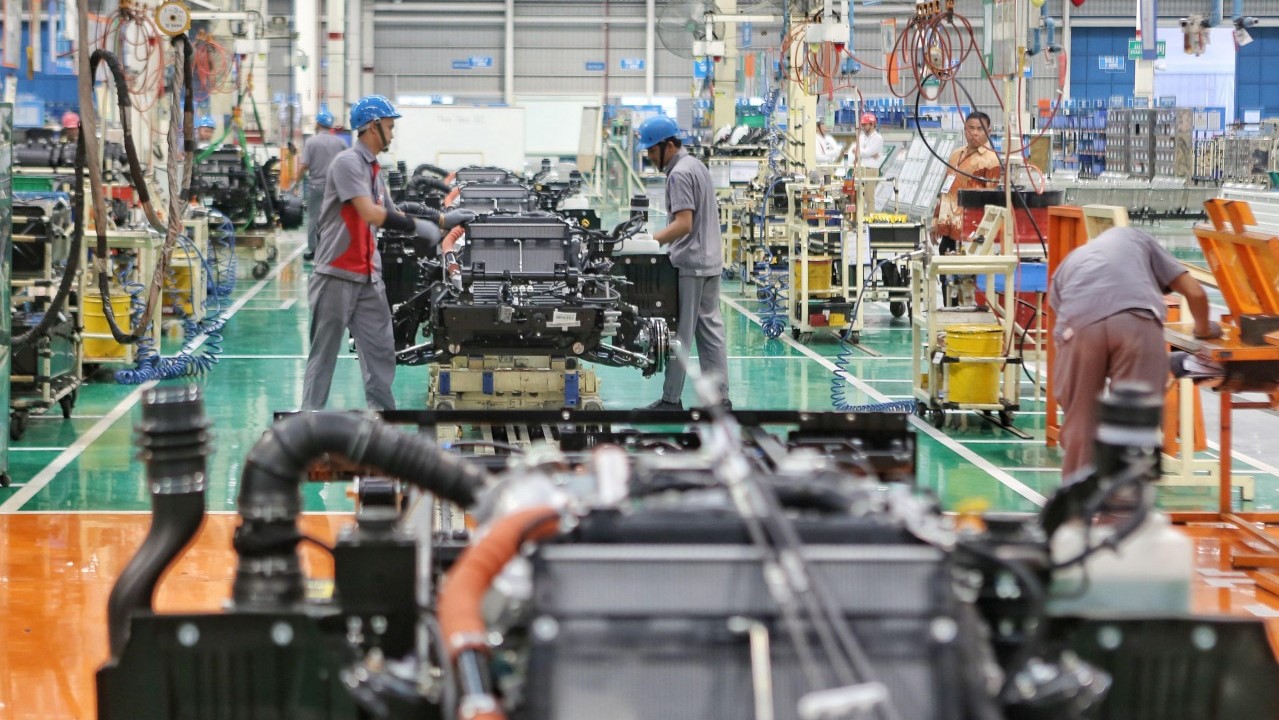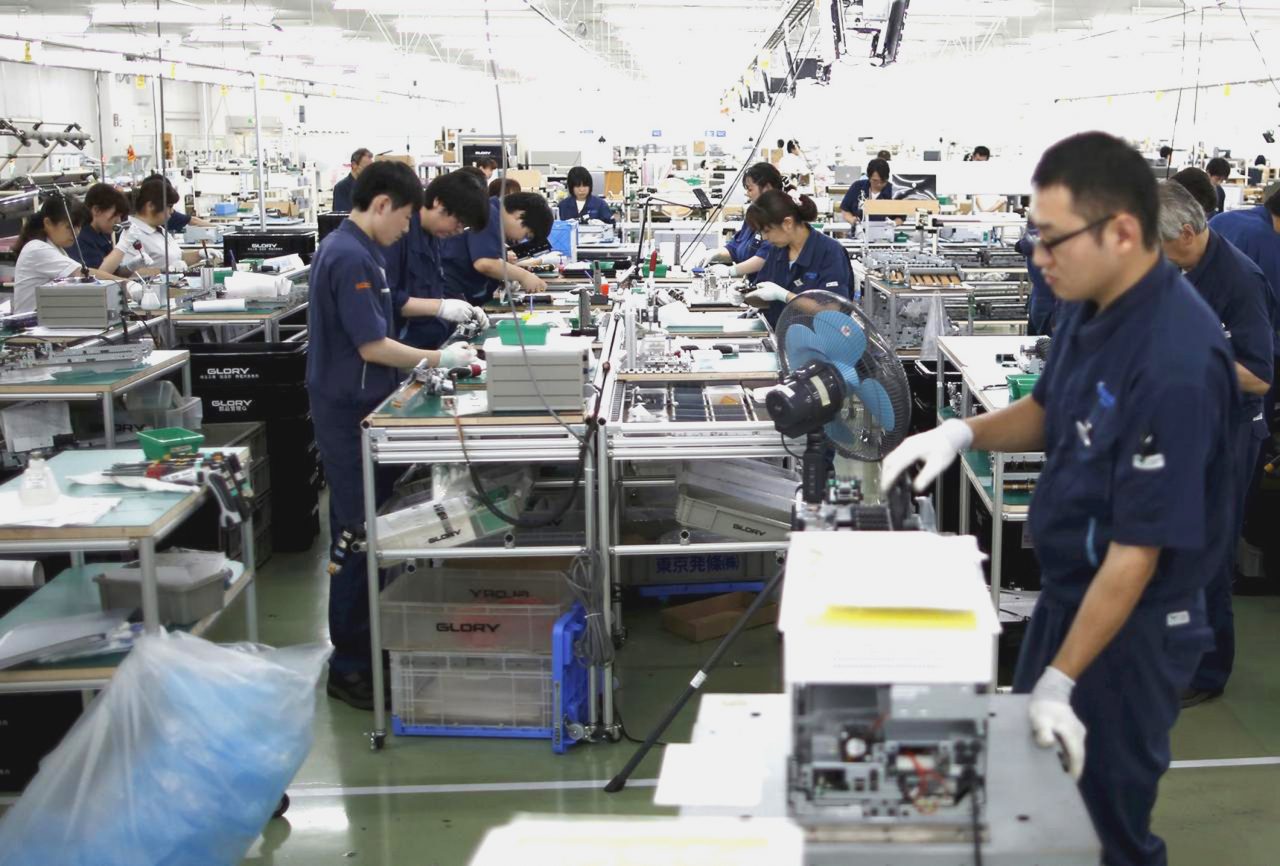What happened to supply chain diversification?
As the combination of China’s “zero Covid” policy and Russia’s invasion of Ukraine wreak havoc on global supply chains, the likelihood of an accelerated redistribution of global manufacturing production is rising.
During the last four years, talk has been plentiful of the need to diversify the supply chain, thereby increasing its resilience. However, little tangible progress has been made.
Thus, despite all the talk, the world’s dependence on China for manufactured goods has risen, not fallen, over recent years. Perhaps this should not be a surprise given that China’s total gross fixed capital formation is larger than the United States, Japan, and Germany combined. For ASEAN countries, however, the combination of this and the current hiatus in supply chains may well present an opportunity.
ASEAN’s opportunity
The ten ASEAN member states have a combined GDP of about US$3 trillion and a population of 660 million. They have long been enmeshed in the global trading system and indeed have trade-to-GDP ratios well above global averages. With per capita GDP of US$4,500, ASEAN member countries in aggregate now represent a far less costly source of labor than China.
Secondly, ASEAN economies are increasingly dependent on China for imports that feed into their exports. Imports from China grew 33% while imports from the rest of the world grew 13.8%.[6] This backward integration into China reduces the importance of ASEAN as a source of risk mitigation. Any interruption to trade with China would quickly feed through into trade with ASEAN if producers in Southeast Asia could no longer source key components from China.
The role of the EU, Japan, and others
Much of the discussion around dependency on China has been linked to the US-China rivalry. But the war in Ukraine and the pandemic-induced supply chain disruptions have broadened the number of countries currently assessing the risks to their supplies posed by unforeseen events.
Not all of Hong Kong’s FDI will ultimately stem from China. The 15% number should be treated as a maximum. It is clear that the vast majority of FDI into ASEAN – 85% plus – does not come from China.
The US-led effort to reduce dependency on China may not have born much fruit yet, in part because its multinational corporations are notoriously independent from government set agendas. In the EU, Japan and Korea, the linkages between the corporate sector and government run much deeper. In these countries, governments potentially exercise a greater degree of sway over economic actors.
A further issue is that supply chain diversification is expensive in terms of new investment. This duplication is a real cash cost, while the risk posed by supply concentration is a theoretical cost until the risk materializes, as it is happening now. Furthermore, part of the rationale for China-based manufacturing is to service the domestic market in addition to overseas markets. Until very recently, the narrative around China’s future growth has remained extremely positive in most people’s minds.
Another important factor is that an increasing proportion of Chinese exports are from Chinese companies rather than MNCs and hence perhaps more “sticky”.
Of course, China’s scale and indeed skill in manufacturing, as well as mercantilist policies, were also key drivers in obtaining market share; these factors created the value opportunity that market economies sought to exploit. These attributes have served MNCs well over the past twenty years and there is a natural reluctance to explore alternative investment destinations. Until the pandemic, the China operations of MNCs enjoyed growing importance within MNC structures and the importance of a “China strategy” has been repeated time and again to shareholders as a differentiating management policy. This makes it harder to back-track from because, in extremis, it requires a “mea culpa” that putting all the shareholders’ eggs in one basket was a mistake.
Secondly, he may have underestimated the degree to which the costs of his zero-COVID policy may induce policy responses from both importers and alternative production destinations to challenge China’s domination of supply chains. Given the balance of ASEAN’s investment and trade linkages, Southeast Asia is well placed to benefit from these miscalculations.
1. World bank open database.
2. Ibid
3. SAFE balance of payments data.
4. ASEAN database and World bank open database.
5. ASEAN database.
6. ASEAN database.
© The Hinrich Foundation. See our website Terms and conditions for our copyright and reprint policy. All statements of fact and the views, conclusions and recommendations expressed in this publication are the sole responsibility of the author(s).










